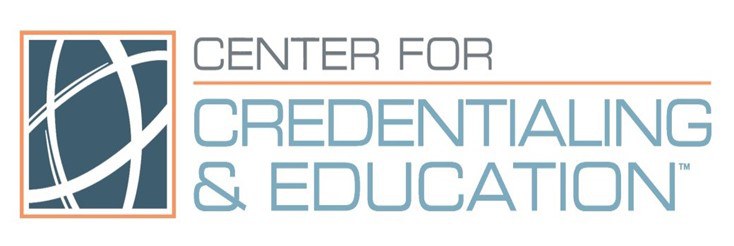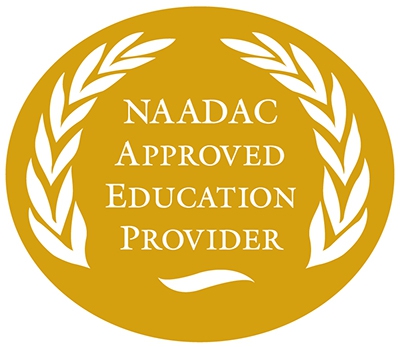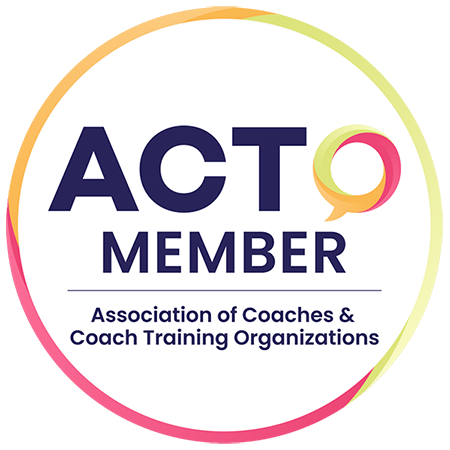
Staying on Track with Complexity
By: Patrick Williams
Staying on track when organizations become more and more complex is much easier with a guide or checklist. How do you make a checklist for managing complexity? Michael Useem, a professor at The Wharton School of the University of Pennsylvania and bestselling author of The Leadership Moment, has published The Leader’s Checklist to create a clear roadmap for navigating any situation. Key questions help customize the list to fit specific needs. It helps to have a mentor or coach, of course; someone who can ask questions. But in case you don't have a current coach, a checklist helps and this is a good one. A leader must be able to keep the big picture in clear view, while attending to all of the small executions that will lead to the right outcomes. Each principle should generate a set of questions that help leaders test, retest, refine and update their preparedness for any situation. The Leader’s Checklist Professor Useem’s list is presented here in condensed form, as space allows.
Sample questions are presented with each principle.
-
Articulate a Vision: Formulate a clear and persuasive vision, and communicate why it’s important to all members of the enterprise.
- Do my direct reports see the forest, as well as the trees?
- Does everyone in the firm know not only where we are going, but, most importantly, why?
-
Is the destination compelling and appealing?
-
Think and Act Strategically: Make a practical plan for achieving this vision, including both short- and long-term strategies. Anticipate reactions and resistance before they happen by considering all stakeholders’ perspectives.
- Do we have a realistic plan for creating short-term results, as well as mapping out the future?
- Have we considered all stakeholders and anticipated objections?
-
Has everyone bought into, and does everyone understand, the firm’s competitive strategy and value drivers? Can they explain it to others?
-
Express Confidence: Provide frequent feedback to express appreciation for the support of those who work with and for you.
- Do the people you work with know you respect and value their talents and efforts?
- Have you made it clear that their upward guidance is welcomed and sought?
- Is there a sense of engagement on the frontlines, with a minimum of “us” vs. “them” mentality?




